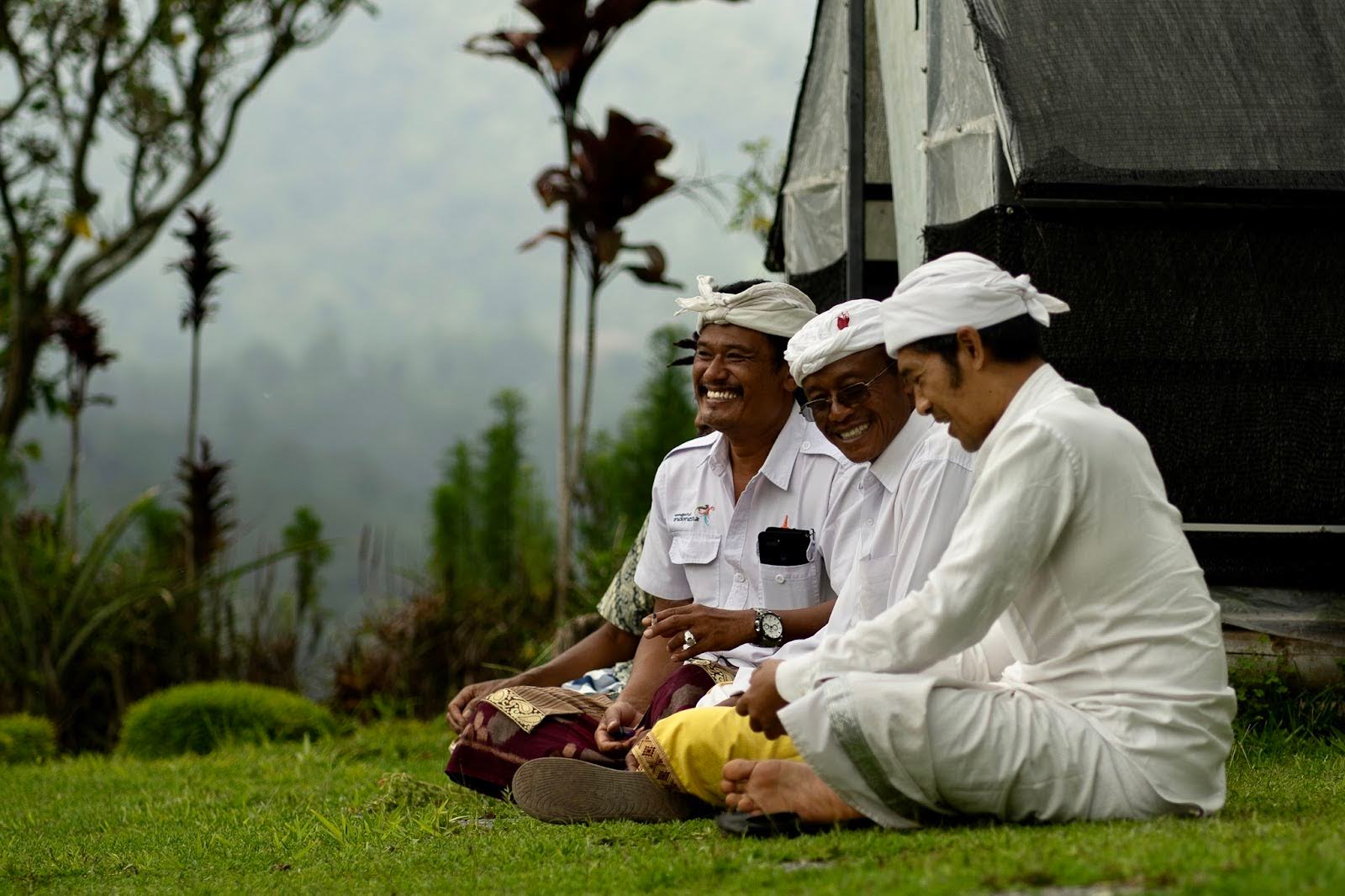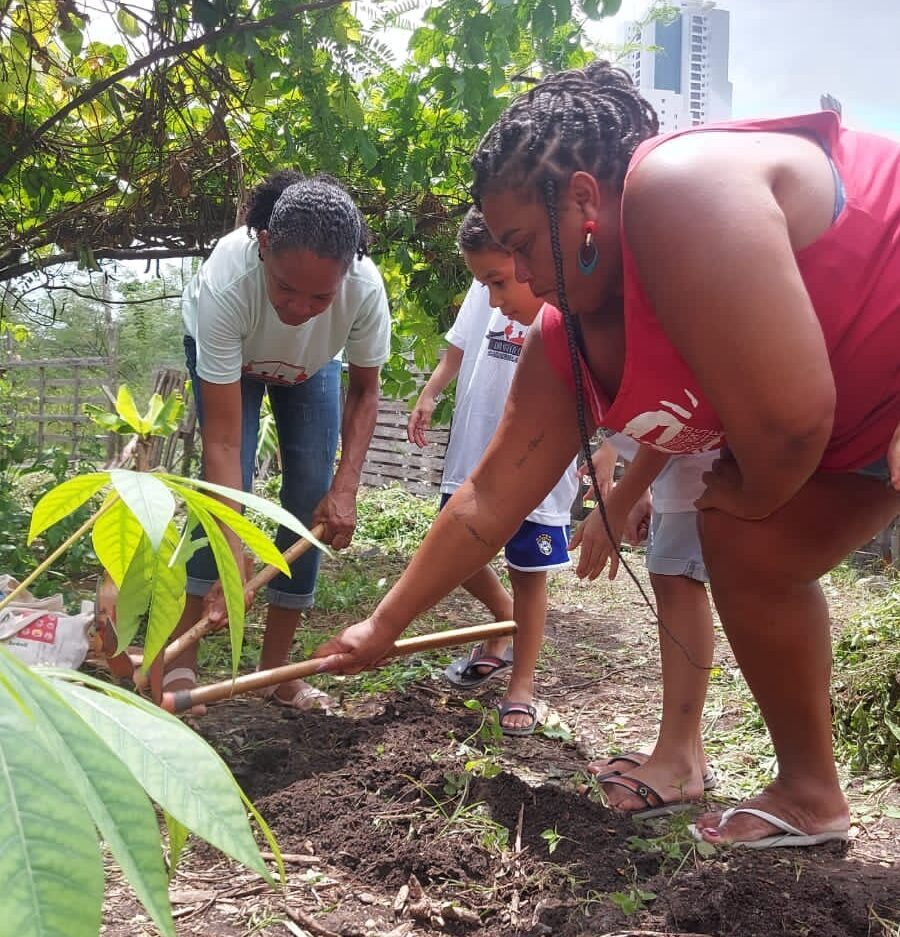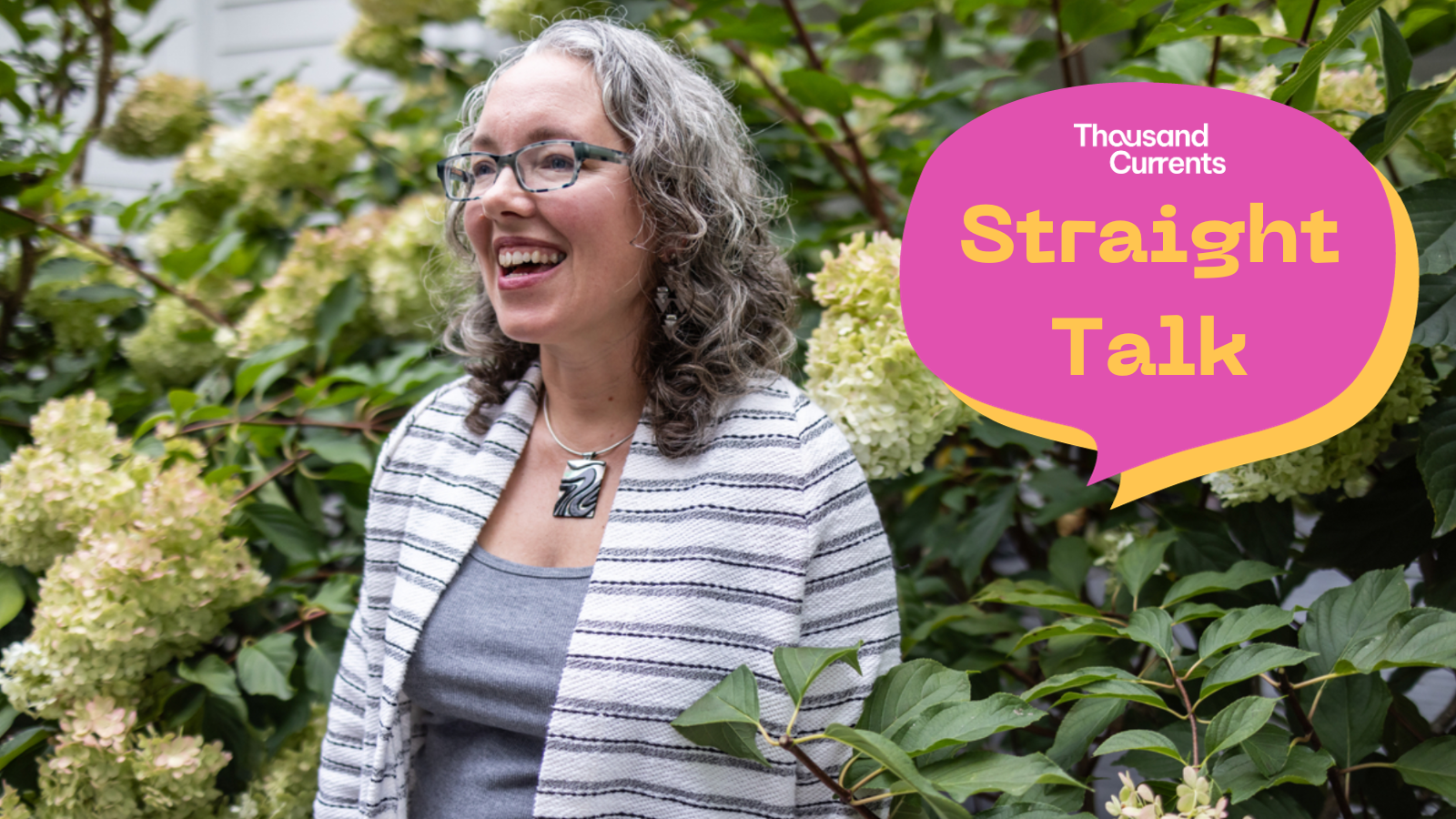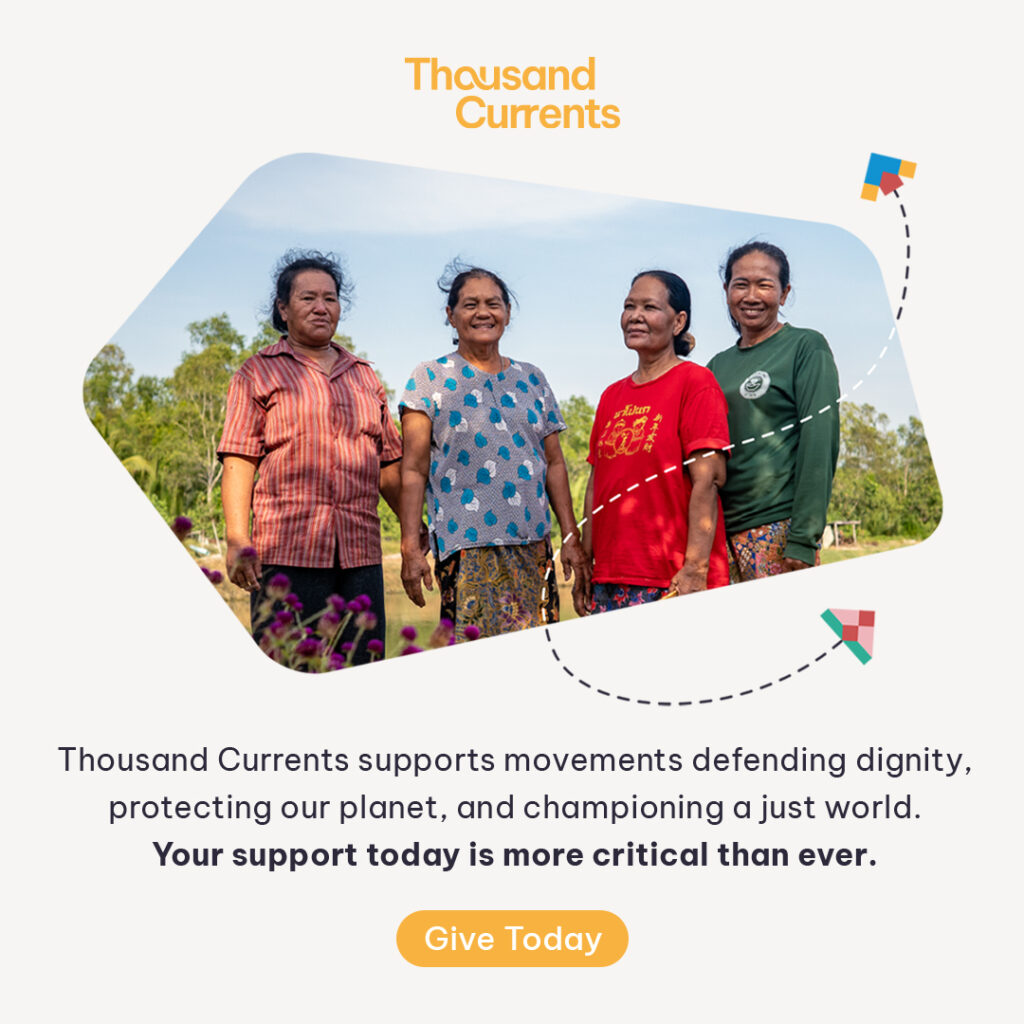Getting there
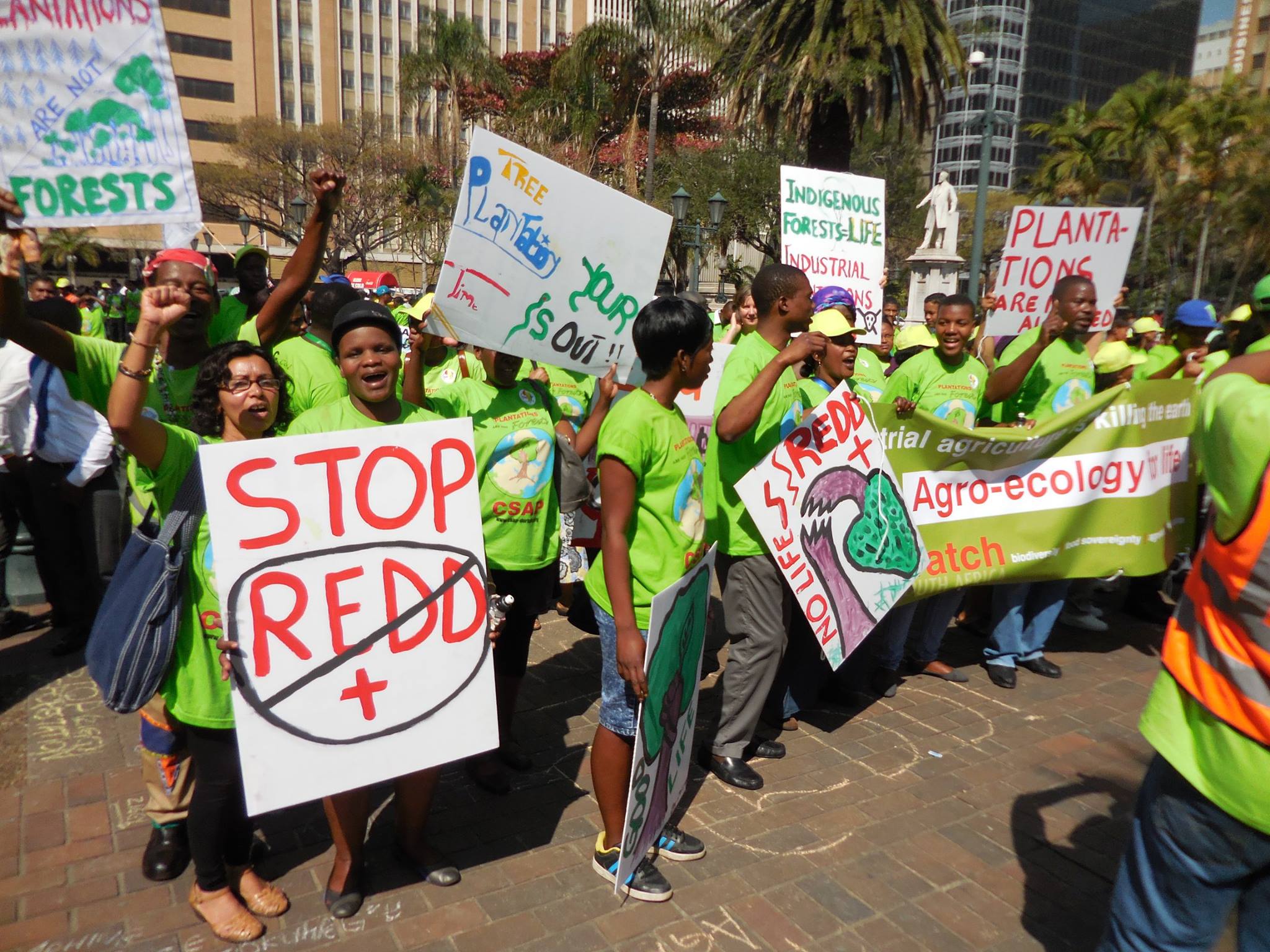
By Heather Masaki, Director of Grant Operations
This blog is part of a 5-part series on the “Lekil Kuxlejal-Ich’el Ta Muk” (or, “Buen Vivir with Respect”) Learning Exchange, which took place in 2017 among 120+ participants, including 18 Thousand Currents partners from 11 countries. It was hosted by our long-term partner DESMI in Chiapas, Mexico. Read more from the series here.
There’s a saying, “the joy is in the getting there.” There are times, however, when the journey holds less joy than the destination.
This is a story about the effort it took for two Thousand Currents partners to participate in the global agroecology learning exchange hosted last year by our former partner Desarrollo Económico y Social de los Mexicanos Indígenas Social Economic Development of Indigenous Mexicans (DESMI) in Chiapas, Mexico.
But this is not a story about travel woes.
For delegates/staff from ASHA Nepal and Zimbabwe Smallholder Organic Farmers’ Forum (ZIMSOFF), the journey began with applying for Mexican visas in person at the nearest Embassy of Mexico. For ZIMSOFF, getting to the closest Embassy while keeping travel costs down meant two 12+ hour bus rides between Harare and Pretoria. For ASHA Nepal, it meant flying from Kathmandu to New Delhi. Both then had taxi rides and two nights of lodging – a journey itself just to submit the visa applications.
By the time our partners made it past the obstacle of obtaining visas to enter Mexico, we were already tackling another challenge: figuring out which countries they would be allowed to travel through without transit or tourist visas, and regardless if they needed visas or not, then determining if the flight schedules allowed enough time. This was no easy feat, as information on Embassy websites varies by country, and information about transit visas and transit requirements is often the hardest to find and the most inconsistent.
We scoured the internet. We called Embassies, airlines, and airports in hopes of obtaining accurate information as to these “special” pieces of paper and what was required to obtain them. We knew this would be a difficult feat, but I don’t think any of us were expecting passport and visa restrictions to narrow our options down to only one or two feasible routes.
For learning exchange participants from ZIMSOFF, this meant their route was comprised of five airports and 42 hours of flight and layover time…each way. Zimbabwe citizens are not allowed to transit through the U.S. to Mexico – the most direct route – so that’s about 10 hours longer in travel time. The ZIMSOFF delegates didn’t hold the correct piece of paper to do that. If 42 hours of travel time sounds grueling, brace yourself: ASHA Nepal staff’s trip also involved five airports each way, and their trip home from Chiapas to Kathmandu was more than 55 hours. As in two and a half days of flight and layover time…one way.
The purpose of sharing these stories is not to make you feel sorry for our partners, or evoke guilt from those able to travel the world with far fewer restrictions. Rather it’s to draw attention to the not-so-obvious privilege that comes with holding a top ranking passport, which could have ensured the trip from Kathmandu to Chiapas took 24 less hours. A U.S. or another top ranking passport is, in most cases, a kind of golden key that opens borders.
For me, who has been able to apply for visas through the postal service or online and have been able to book flights with minimal to no research about passport or visa restrictions, accompanying our partners through these experiences is very humbling. It’s a spotlight on a privilege that many of us are unaware we even hold; a reminder that the type of passport and/or visa one holds determines where they can travel and the routes they can take.
Travel and transit restrictions can be unjust, unclear, and sometimes contradictory. (For example, you can’t leave the international terminal in Narita Airport in Japan without a tourist visa, but you can walk up to a special desk and ask for a day pass to explore Tokyo. What?!) We know there will often be travel-related obstacles for many of our partners, and Thousand Currents is committed to fostering learning and sharing across borders and across movements, because global issues require global responses.
We leverage our resources to make our partners’ journeys as comfortable and stress-free as possible, because we recognize how important it is for our partners to have opportunities to meet one another and collaborate in person.
There is no replacement for the in-person sharing of knowledge and dreams, for the bonds that are forged, and for the collaborations that move us closer to transformative change.
All the travel obstacles faded as I witnessed the beauty and power of our partners connecting, sharing hopes and dreams, and building relationships and alliances in person in Chiapas = across languages, cultures, religions, ages, etc.
Would you be willing to take two 12-hour bus rides, spend 42 hours sitting in cramped airline seats (you know people will be leaning back on long-haul flights!), and navigate your way through five airports knowing your passport restricted you to such a circuitous route?
That is what a commitment to transformative change looks like.
And that is what this story is really about.
Related Stories
